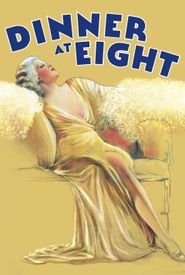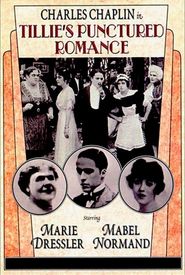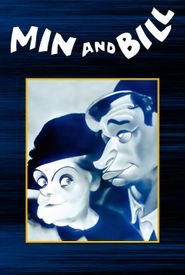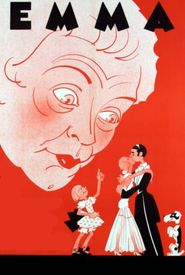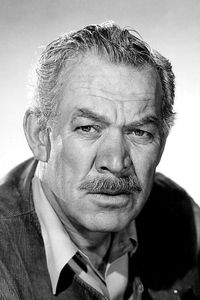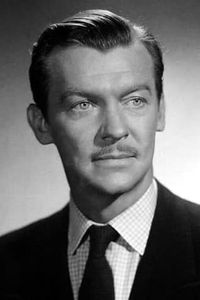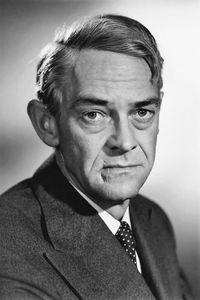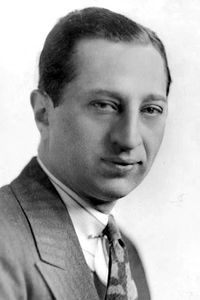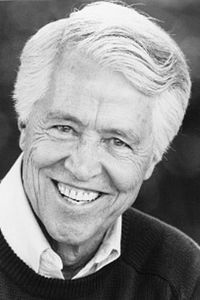Marie Dressler's life was a testament to her unwavering dedication to her craft, as she rose to become one of the top box office draws of the sound era, defying conventional standards of age and weight.
Born with a passion for the stage, Marie joined a theater group at the tender age of 14, and went on to hone her skills in light opera and eventually, Broadway productions. Her talent and charisma soon earned her a starcomedienne status on the vaudeville circuit, and by 1892, she was already making waves on the Great White Way.
Her big break came in 1910 with the hit play 'Tillie's Nightmare', which was later adapted into a film by Mack Sennett, starring none other than the legendary Charles Chaplin. Marie took top billing over the young comedian, but unfortunately, her film career never quite took off, and by 1918, she was out of films and out of work.
The 1917 chorus girls' strike, in which Marie played a significant role, led to her being blacklisted from the theaters, and it seemed as though her career was all but over. However, in 1927, MGM screenwriter Frances Marion gave her a second chance with a small part in 'The Joy Girl', followed by a co-starring role with Polly Moran in 'The Callahans and the Murphys'. Although the latter film was abruptly withdrawn from circulation due to controversy, Marie's career stalled, and she found herself struggling to make ends meet.
Despite her financial struggles and personal setbacks, Marie's perseverance and determination eventually paid off. In the late 1920s, she was rediscovered by Irving Thalberg, who saw potential in the 59-year-old actress and set out to rebuild her into a star. It was a slow process, but Marie's popularity continued to grow, and she soon found herself back in the spotlight.
The advent of sound brought about a new era of success for Marie, and her dramatic performance in 'Anna Christie' (1930) earned her widespread acclaim. Her iconic portrayal of Marthy in the film, alongside Greta Garbo, cemented her status as a beloved actress, and she went on to receive a best actress Oscar for her role in 'Min and Bill' (1930).
Marie's subsequent performances in 'Emma' (1932) and 'Dinner at Eight' (1933) solidified her position as a leading lady, and she continued to wow audiences with her versatility and talent. Tragically, her life was cut short in 1934, when cancer claimed her life, leaving behind a legacy that would endure for generations to come.

